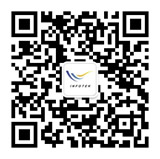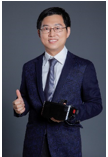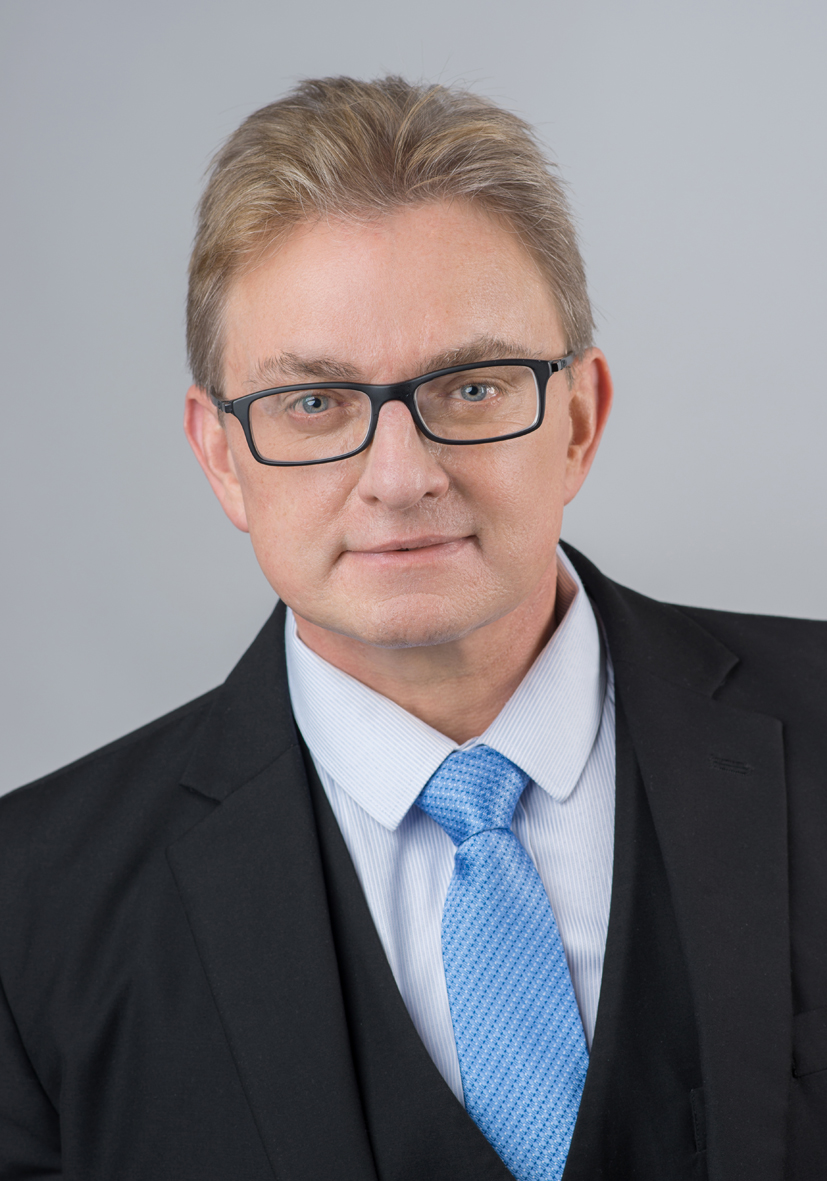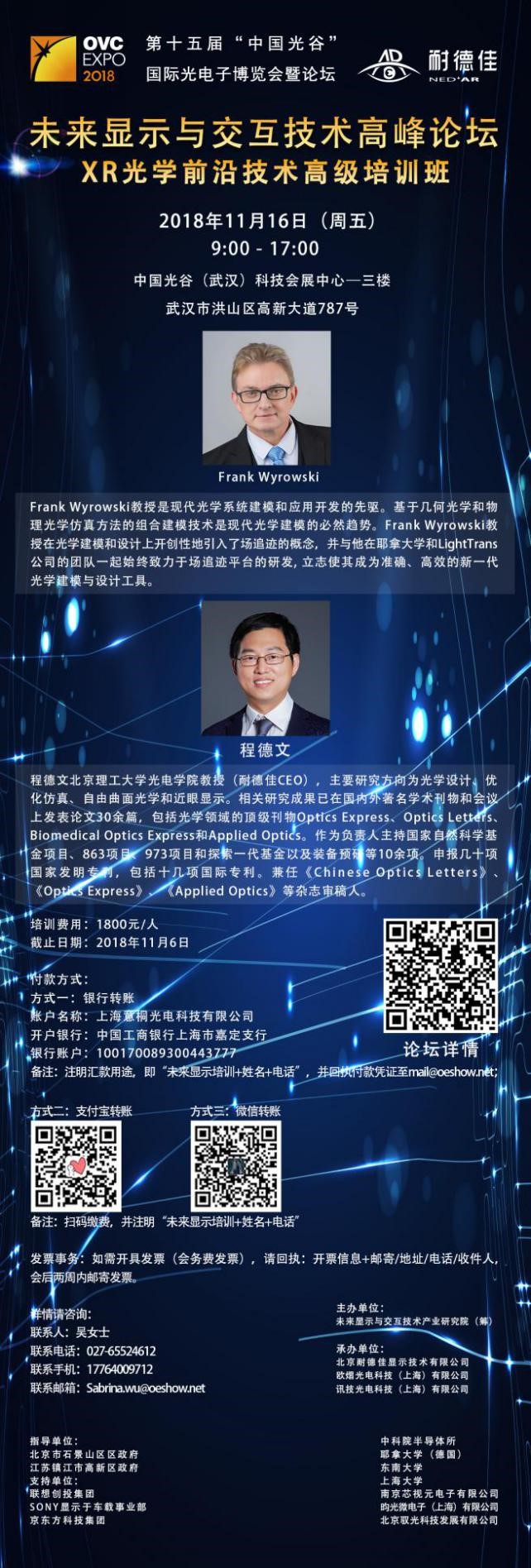未来显示与交互技术高峰论坛XR光学前沿技术高级培训班
邀请函
北京耐德佳显示技术有限公司暨未来显示与交互技术产业研究院(筹),在北京市石景山区区政府、江苏镇江市高新区政府的指导下,联合欧熠光电科技(上海)有限公司、讯技光电科技(上海)有限公司于2018年11月15日(四)武汉光博会期间举办“AR头戴显示技术的未来与应用”高峰论坛;2018年11月16日(五)武汉光博会期间举办光学前沿技术高级培训班,诚邀行业专家,合作伙伴及同仁参加指导。
---------------------------------------------------------------------------------------------------------------
光学前沿技术高级培训班内容安排
2018年11月16日(五) 9:00-17:00
中国光谷(武汉)科技会展中心--三楼,武汉市洪山区高新大道787号
上午场报告名称:AR与VR技术发展与应用
下午场报告名称:VirtualLab Fusion中AR/MR波导显示设备的建模与设计
---------------------------------------------------------------------------------------------------------------
报告名称:AR与VR技术发展与应用
报告时间:2018年11月16日上午9:00-12:00
报告人: Prof. 程德文
程德文,北京理工大学光电学院教授(耐德佳CEO),主要研究方向为光学设计、优化仿真、自由曲面光学和近眼显示,相关研究成果已在国内外著名学术刊物和会议上发表论文30余篇,包括光学领域的顶级刊物 Optics Express、Optics Letters、Biomedical Optics Express 和 Applied Optics。作为负责人主持国家自然科学基金项目、863项目、973项目等10余项。申报几十项国家发明专利,包括十几项国际专利。兼任Optics Express、Optics Letters、和 Applied Optics等杂志审稿人。
报告内容:
增强现实(Augmented Reality,AR)技术是近年来在虚拟现实(Virtual Reality,VR)研究的基础上发展而来的一个全新的前沿技术方向。不同于VR系统,通过计算机生成虚拟环境把使用者与真实世界隔离,使其沉浸在虚拟世界中;AR系统,是借助显示技术、交互技术、传感技术和计算机图形技术将计算机生成的增强信息和使用者周围的真实世界融为一体,使其从视觉、听觉等感官效果上认为增强信息是其周围环境的组成部分,让虚拟环境与真实世界的合二为一。
本报告将全面深入地介绍虚拟现实与增强现实技术中光学显示技术的发展,对多种光学显示解决方案进行深入对比分析。最后,借助光学设计软件CODE V,并选取虚拟现实和增强现实两种光学显示系统进行光学设计案例分析。
报告名称:VirtualLab Fusion中AR/MR波导显示设备的建模与设计
Waveguide Modeling and Design for Augmented and Mixed Reality with VirtualLab Fusion Software
报告时间:,2018年11月16日14:00-17:00
报告人: Prof. Frank Wyrowski
Frank Wyrowski教授是现代光学系统建模和应用开发的先驱。基于几何光学和物理光学仿真方法的组合建模技术是现代光学建模的必然趋势。Frank Wyrowski教授在光学建模和设计上开创性地引入了场追迹的概念,并与他在耶拿大学、LightTrans公司以及Wyrowski公司的团队一起始终致力于场追迹平台的研发, 立志使其成为准确、高效的新一代光学建模与设计工具。
报告内容:
在本课程中,我们会从光学角度详解AR / MR显示设备的基本功能、任务以及不同的光学实现方法。实践证明,此类显示设备的建模必须以物理光学为基础。为此我们会介绍VirtualLab Fusion软件中的高速物理光学建模概念,并将其应用于AR / MR相关的光学系统仿真。此外还会展示用于AR / MR显示设备的波导设计概念,并讨论其中的难点和挑战。
该课程分为三个部分:
1.介绍增强和混合现实设备的基本概念
实现AR / MR的光学方法并不唯一,既可通过投影方式也可通过光波导方式获得预期功能。不论是两种方案中的哪一个,光栅或一般的微结构(HOE)都是其中的必要组件,这类光栅结构既可以是表面型光栅也可以是体光栅。我们将深入了解这些衍射元件的作用,然后主要介绍基于波导的实现方法,讨论该方案的基本特征和局限,例如:有限的视场角(FOV)和挑战。由于此类方法中包含大量光栅,因此在系统仿真中相干性和干涉效应的考虑便尤为重要,为此必须使用物理光学对此类系统进行仿真和设计。
2.通过场追迹进行高速物理光学建模及其在AR / MR中的应用
我们会介绍VirtualLab Fusion中的高速物理光学概念。高速物理光学仿真的实现基于不同麦克斯韦解法的组合,这些特定的解法适用于系统中的不同区域。我们会讲解这一概念背后的数学原理,并介绍其在波导器件中的应用。此外还将演示更多光学建模的例子,以展示使用VirtualLab Fusion的高速物理光学仿真技术的应用潜力。
3. AR / MR中典型建模和设计任务案例
此部分将重点演示VirtualLab Fusion在AR/MR领域中的应用案例。这其中包括多个孔径,部分相干,干涉和偏振等效应在波导显示设备中仿真。案例中也会展示针对不同视场角的MTF计算。最后,我们会展示用于波导显示器件设计的新方法,并讨论该领域进一步工作的挑战和结论。
In this course we will discuss our understanding of the basic task of AR/MR devices and different approaches to tackle it. It turns out that the modeling of such devices often requires a physical-optics approach. We will introduce the concept of fast physical optics modeling with VirtualLab Fusion and apply it to model different situations relevant for AR/MR. We also demonstrate a waveguide design concept for AR/MR and discuss the challenges.
The course is organized in three parts:
1. Introduction to basic concepts for augmented and mixed reality devices
We consider different ways to realize the optical function of AR/MR devices by projection type concepts and the waveguide approach. In both techniques diffractive elements are of importance in form of gratings or more general microstructures (HOE) which can be realized as surface or volume components. We discuss the function of such diffractive components. Then we focus on the waveguide approach and discuss the basic characteristics of this concept together with its limitations, e.g. the limited FOV, and challenges. Because of the inclusion of gratings and the importance of coherence and interference effects it is obvious, that physical optics must be applied for a solid modeling and design of such devices.
2. Fast physical-optics modeling by field tracing and its application to AR/MR
We introduce the concept of fast physical optics with VirtualLab Fusion. Fast physical optics is based on a combination of different Maxwell solver which are applied in different domains of the electromagnetic field. The resulting mathematical concept is sketched and its application to waveguide devices is presented. In addition, we will demonstrate more examples of optical modeling to illustrate the concept and technology of fast physical optics with VirtualLab Fusion.
3. Use cases of typical modeling and design tasks in AR/MR
In the last part we will demonstrate various use cases of VirtualLab Fusion which shows how effects like multiple apertures, partial coherence, interference, and polarization are included in the modeling of waveguide devices. The calculation of the MTF for different FOV is shown and discussed. We then demonstrate our new approach to design such waveguide devices and discuss the challenges and our conclusions for further work in that field.
培训1800/人,感兴趣请扫描下面二维码。
|




